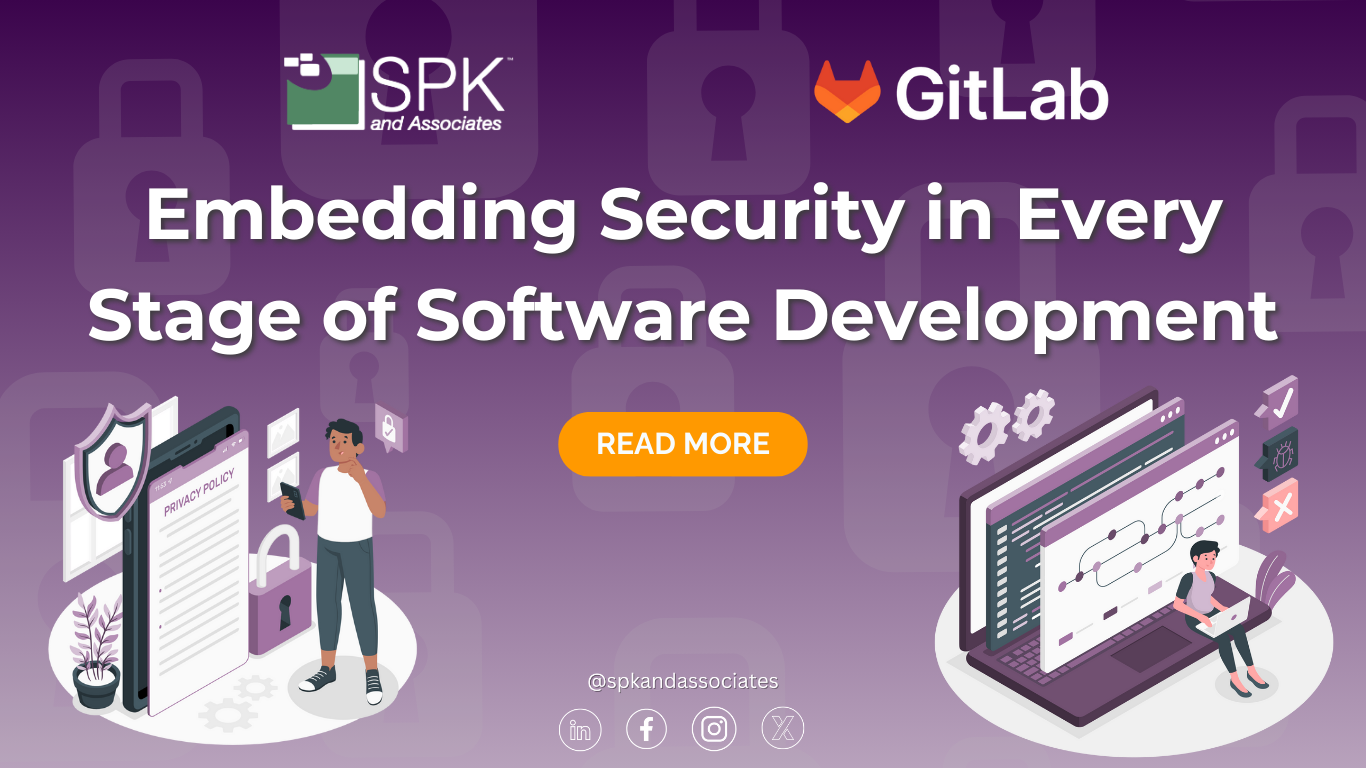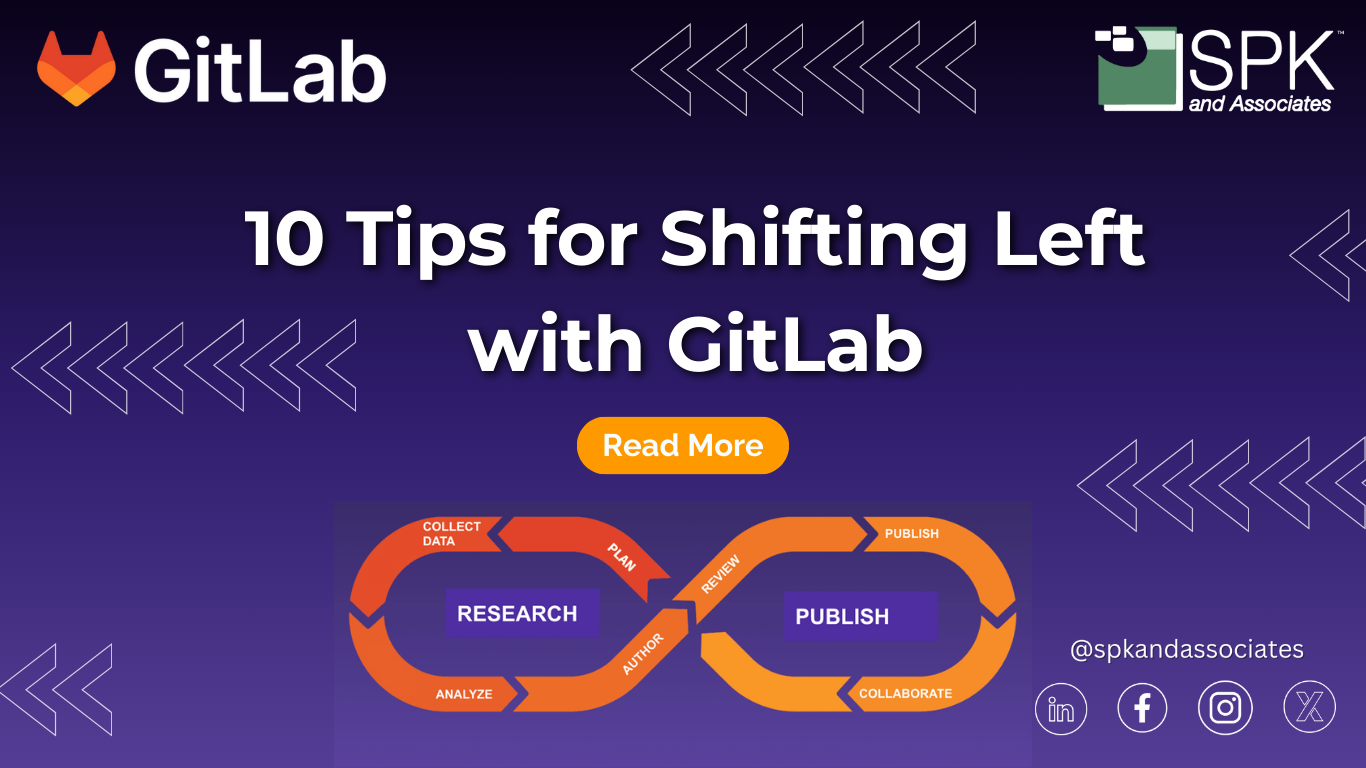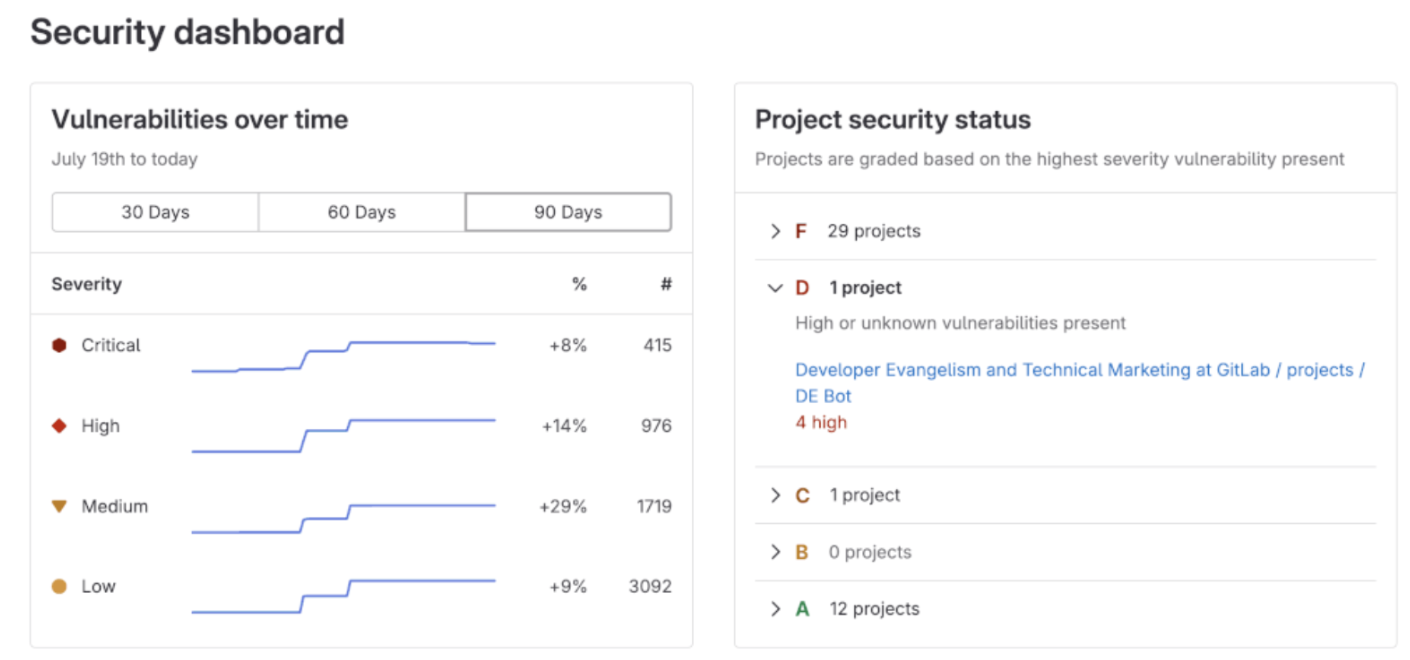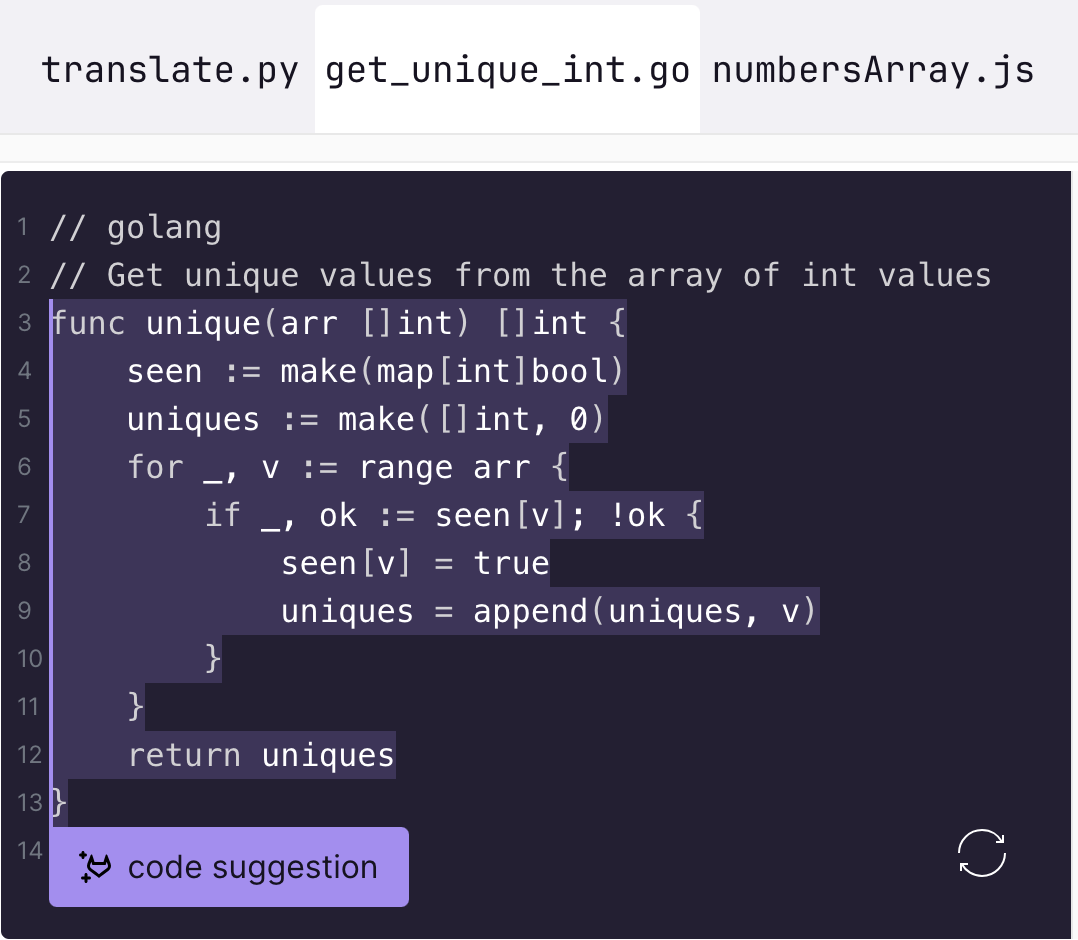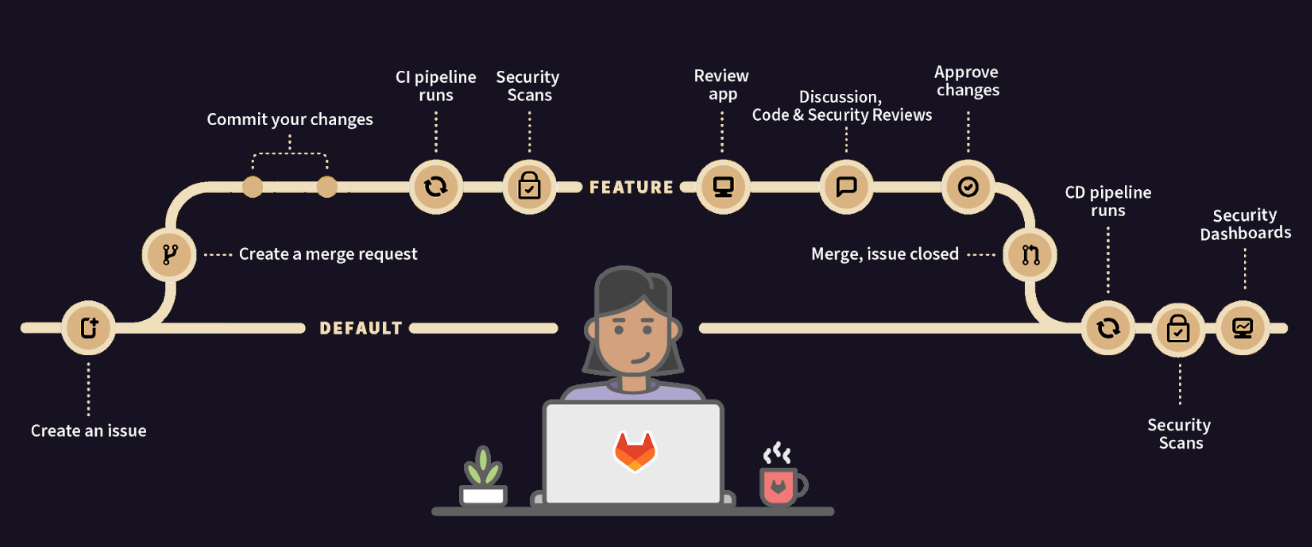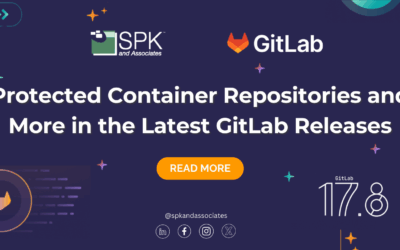In the software development landscape, security should be considered a foundational necessity. With the rise of agile methodologies and AI-driven code generation, developers are able to create software at an unprecedented pace. However, this speed often comes at the expense of security, leaving organizations vulnerable to threats and compliance risks. Embedding security into every stage of the Software Development Life Cycle (SDLC), sometimes referred to as “DevSecOps” is crucial to delivering secure, high-quality applications. Rather than focusing strictly on their tools, organizations must adopt approaches that integrate security governance and collaboration into software development. These strategies empower teams to balance speed and safety.
The Importance of Security-First Development
Neglecting security early in the SDLC can result in costly vulnerabilities, supply chain risks, and compliance failures. Instead, a security-first mindset is essential to addressing risks proactively.
Key benefits of embedding security into the SDLC include:
- Minimizing Risk: Early identification and resolution of vulnerabilities reduce the likelihood of exploitation.
- Cost Savings: Fixing vulnerabilities during coding is significantly less expensive than post-production fixes.
- Compliance Assurance: Proactively embedding security helps meet regulatory and industry standards.
- Improved Trust: Secure applications enhance customer confidence and brand reputation.
Approaches to Embedding Security Across the SDLC
Embedding security in the SDLC can be done a few different ways.
Shift-Left Security
“Shift-left security” involves integrating security practices early in the development cycle. By embedding security testing during coding and integration, developers can identify vulnerabilities before they become systemic issues. Static Application Security Testing (SAST) and secure coding practices are integral to this approach. Additionally, incorporating AI into security testing, such as GitLab’s Auto DevOps ensures that security scans are automated. Auto DevOps uses CI/CD templates to create and run default pipelines to build and test your application. This allows developers to address risks without disrupting workflows.
Governance and Risk Management
Strong SDLC governance establishes security guidelines, roles, and responsibilities. Defining clear policies, conducting regular risk assessments, and monitoring compliance allows organizations to create a framework that prioritizes security.
Supply Chain Security with SBOMs
A Software Bill of Materials (SBOM) is critical for maintaining supply chain security. SBOMs provide a detailed inventory of software components, enabling teams to identify vulnerabilities in third-party libraries or dependencies. This transparency ensures that organizations can mitigate any risks to their SDLC.
Secure Communication
Developers, security teams, and operations must collaborate seamlessly to embed security into their workflows. Encouraging open communication about vulnerabilities and integrating security into CI/CD pipelines ensures that teams can address risks efficiently. GitLab, for instance, enables real-time vulnerability tracking through its Security Dashboard, providing visibility across all development stages.
Continuous Monitoring and Feedback
Security doesn’t end with deployment. Organizations must implement dynamic application security testing (DAST), runtime monitoring, and real-time alerting to identify and address issues in production. Continuous monitoring safeguards applications and provides valuable insights for improving future development practices.
Addressing AI-Generated Code Risks
While AI is positively transforming software development, it also introduces new challenges. AI-generated code commonly introduces insecure suggestions. Organizations must implement guardrails to ensure AI-generated code adheres to their security standards. Developer security practices, such as separating code-generation tools from code-checking tools, can help mitigate these risks.
The Role of GitLab in Secure Development
While there are many DevOps platforms on the market, GitLab exemplifies the shift toward embedding security into every stage of software development. With features like Auto DevOps, security dashboards, and automated scans, it ensures that security is comprehensive yet developer-friendly. GitLab’s approach aligns with the principles of modern secure SDLC governance by providing:
- Automated Security Testing: SAST, DAST, dependency scanning, and more are seamlessly integrated into pipelines.
- Holistic Vulnerability Management: Real-time dashboards and historical trends help teams monitor and improve security posture.
- SBOM Integration: GitLab’s support for SBOMs ensures supply chain transparency and reduces risks from third-party components.
Building Security into Your SDLC
Embedding security in every stage of the SDLC demands a cultural shift. It is a combination of frameworks, tools, and developer choices. By integrating practices such as shift-left security, SBOM integration, and continuous monitoring, organizations can build robust, secure applications that stand the test of time. If your organization is ready to embed security into your development processes, contact us today. We will show you how to establish a secure SDLC and provide you with the necessary tools.


